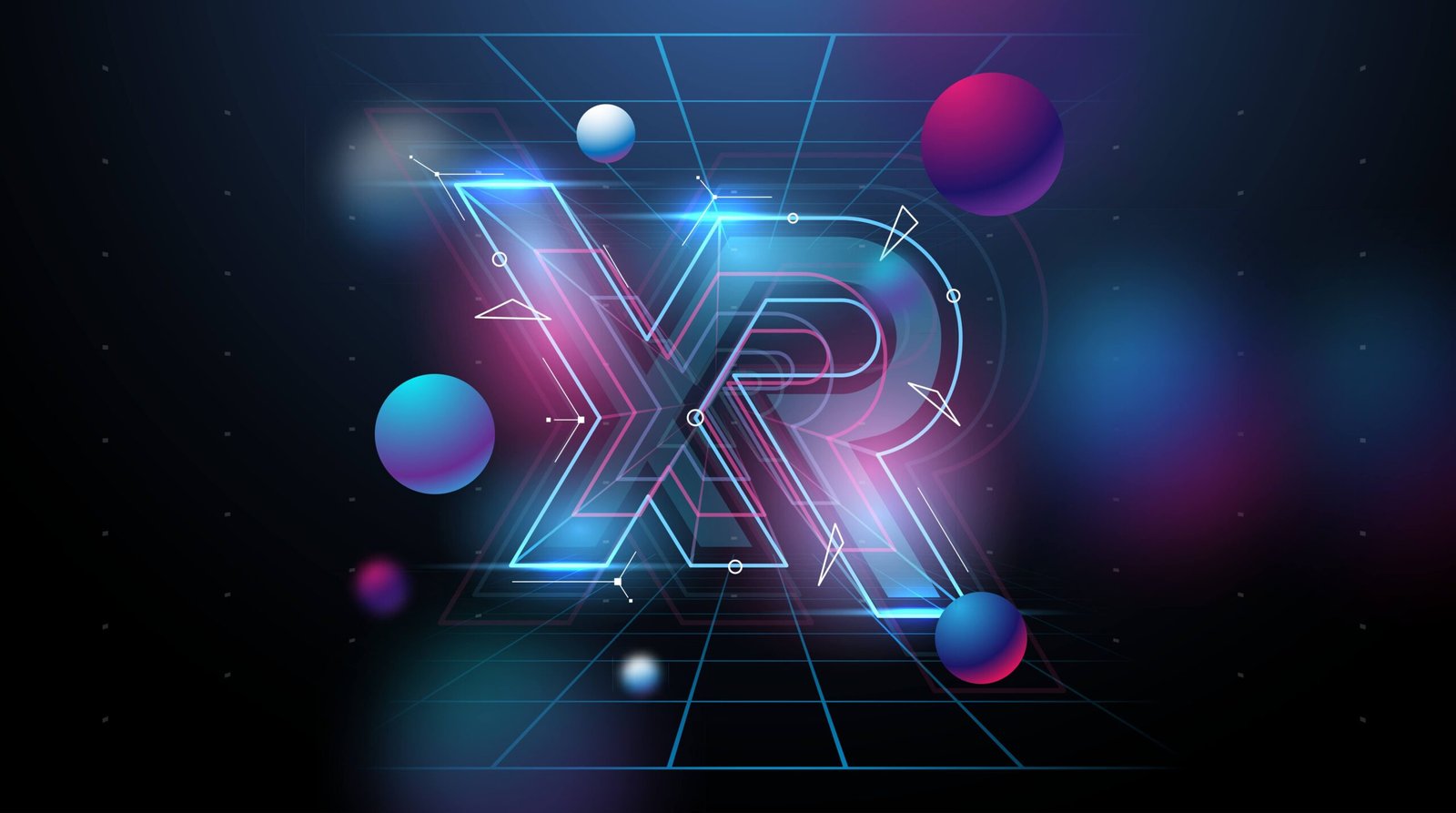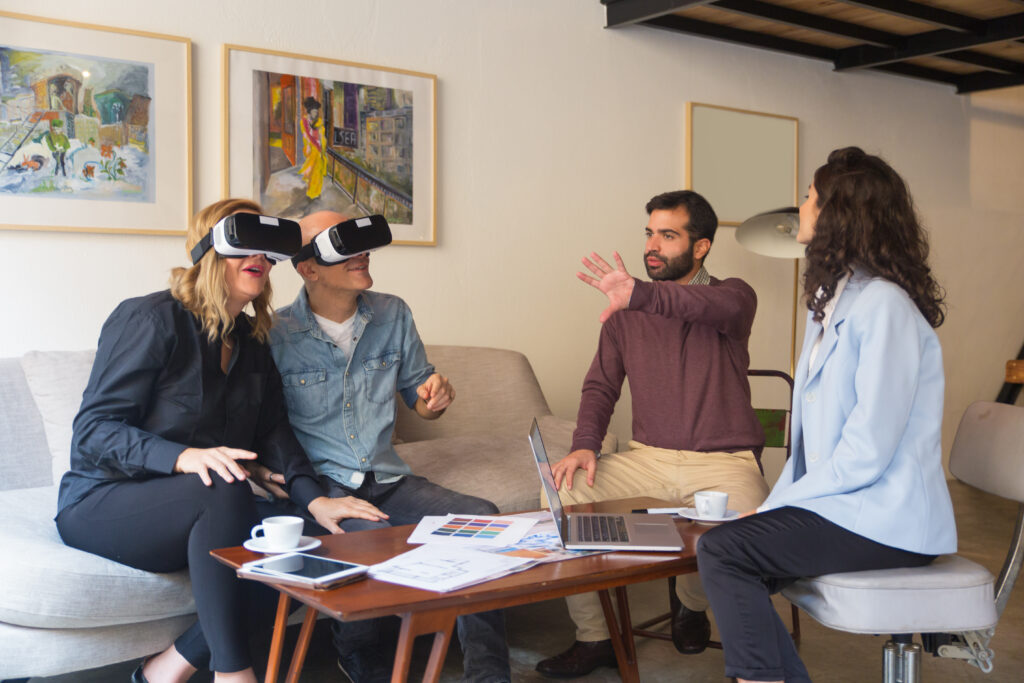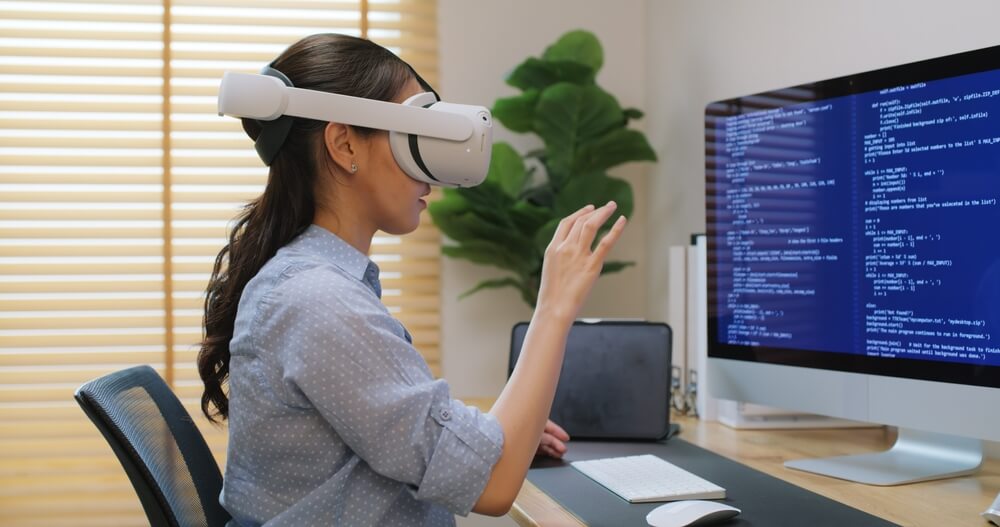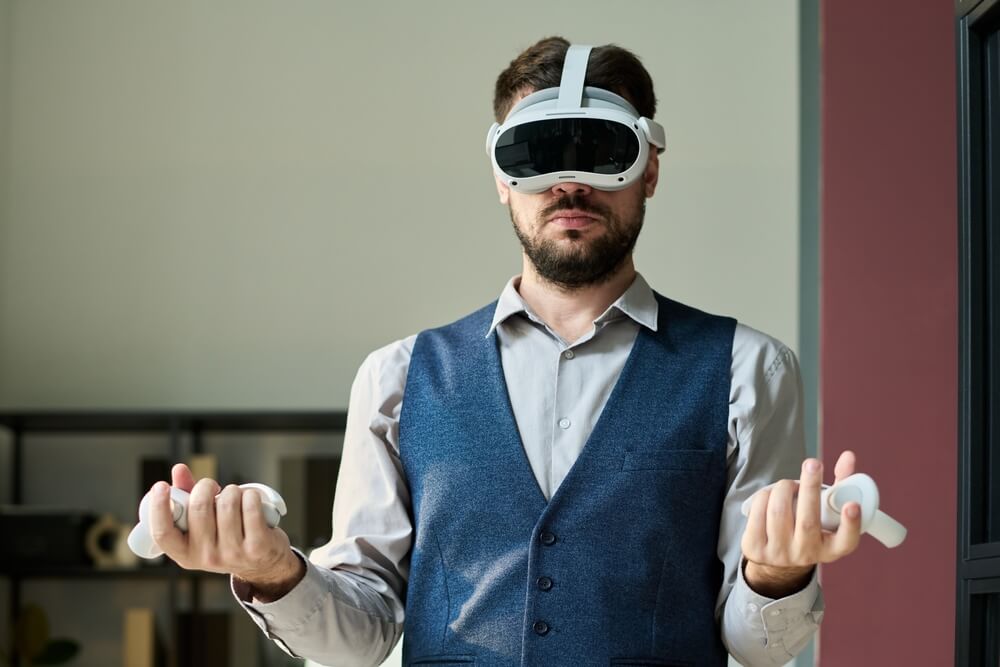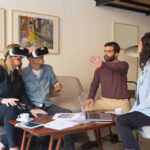What Is Extended Reality? Everything You Need To Know
Table of Contents:
Can you imagine a world where, using new technologies, you are able to travel to wherever you want around the globe and experience completely new phenomena? Thanks to the development of extended reality, this could soon be possible. But what is extended reality (XR)? And how does it work? Read on to find out.
What is extended reality (XR)? Definition
Extended reality is an umbrella term for a set of immersive technologies that connect the digital environment with the real one and enable human-machine interactions in the virtual world. It is broad because it encompasses three different yet interlocking technologies. These include virtual reality (VR), augmented reality (AR), and mixed reality (MR).
What are the differences between VR, AR, MR, and XR technology?
With VR, users can access a completely artificial, digitally generated environment while being cut off from their natural surroundings. Special devices with built-in displays and various types of controllers allow users to perceive and operate in virtual reality.
AR allows digitally generated content to be “superimposed” over an image of the real world. This is implemented differently depending on what equipment is used. For example, mobile augmented reality applications capture images of the real world using a smartphone camera. They then apply virtual objects to them, and the user can view a combination of the two on the screen of their smartphone. AR technology is also available through devices similar to those used for VR. Instead of an entirely virtual environment, they display digital data superimposed over a real-world view before the user’s eyes. However, with the proliferation of smartphones, this solution is losing popularity, while AR technology is becoming the most accessible form of XR.
Mixed reality, or MR, on the other hand, provides a view of and interaction with a virtual environment that is superimposed over the real world. MR is thus closer to VR than to augmented reality, but unlike virtual reality, it does not entirely cut users off from the real environment.
Unlock the future with Mazer: Your innovation partner.
Where is extended reality being used?
Extended reality technology has been successfully used in many market sectors. Some interesting examples include:
- retail and e-commerce – using XR, people have the opportunity to try products before they buy them. An example of this is in IKEA, where a customer can virtually furnish their apartment to see how it will look before deciding whether to buy the items.
- real estate – XR technology has also adapted very well to the real estate market. For example, using XR, one can take a virtual tour of a property located on the other side of the world. In addition, XR is often used for virtual tours of buildings still in the design stage to showcase interiors and room layouts more clearly.
- training – extended reality also works well in the training sector as it offers highly realistic conditions that accurately reflect the real world. This form of training is particularly effective for pilots, astronauts, soldiers, and medics using XR in healthcare. Thanks to XR scenarios, they can find solutions to problems faster and learn to react to extreme circumstances under controlled conditions without risking their lives.
- remote working – XR technology also facilitates remote working as employees can connect with the office and other people from the project regardless of time and location. For example, using XR for sales departments allows employees to work together as if in the same room, making work more efficient.
- process control – with the help of immersive technologies under the XR umbrella, such as XR for production professionals, it is possible to perform quality control and audits remotely, saving time and personnel resources.
- repair of machinery and equipment – modern technologies, including extended reality, significantly speed up the repair time of various types of machinery and equipment as specialists performing service work can connect remotely and assess the amount and scope of work needed before physically arriving on site.
What does the future hold for extended reality technology and the industry?
So, if you were wondering what XR is, you should first remember that extended reality is an umbrella term for a set of immersive technologies including VR, AR, and MR.
Extended reality is revolutionizing education by providing immersive learning experiences that enhance engagement and retention. Educational institutions are increasingly adopting XR technologies to create interactive environments where students can explore complex subjects in a hands-on manner.
Artificial intelligence is playing a crucial role in enhancing extended reality experiences. AI technologies facilitate more natural interactions between users and XR systems through voice recognition and gesture control. Additionally, AI can generate 3D models from simple photographs using techniques like neural radiance fields (NeRF), making it easier for users to create personalized avatars or environments without requiring extensive technical knowledge. This democratization of XR content creation opens up new possibilities for user-generated content and collaborative experiences.
Looking ahead, several trends are poised to shape the future of extended reality. The development of spatial computing is gaining momentum, allowing digital content to interact more seamlessly with the physical world. This includes advancements in spatial audio and haptic feedback technologies that enhance immersion by providing realistic soundscapes and tactile sensations within XR environments. Furthermore, as companies continue to innovate with lightweight headsets and Metaverse smart glasses, users will likely see an increase in accessibility and usability across various applications.
The capabilities offered by extended reality thus provide a wide range of applications, from remote assistance, sales support, and process control to better collaboration. The rapid growth of this sector is not surprising. As a result, many businesses are willing to implement XR solutions. Indeed, the next few years will show just how valuable the XR market is, no doubt increasing demand for solutions supported by extended reality.
Read also: Extended Reality In The Pharma Industry
What is extended reality (XR)?
Extended reality (XR) is an umbrella term for a set of immersive technologies, including virtual reality (VR), augmented reality (AR), and mixed reality (MR), which connect the digital environment with the real world and enable human-machine interactions in virtual settings.
What are the differences between VR, AR, MR, and XR?
Virtual reality (VR) immerses users in a fully artificial digital environment. Augmented reality (AR) overlays digital content on the real world, often through devices like smartphones. Mixed reality (MR) integrates virtual elements with the real world, providing an interactive blend of both realms. XR encompasses all these technologies.
Where is extended reality being used?
Extended reality is applied in various sectors, including retail and e-commerce for product trials, real estate for virtual property tours, training for realistic simulations, remote working to enhance collaboration, process control for remote quality control, and machinery repair for remote assessments and faster repairs.
Unlock the future with Mazer: Your innovation partner.

Author: Rafał Siejca
Rafal has over twenty years of corporate experience, including roles at Millennium Bank, Comarch, and leading software teams at PZU, one of Europe’s largest insurance companies. As one of Poland’s few true VR experts with a decade of experience, he ensures timely, high-quality project delivery as CEO and CTO.

